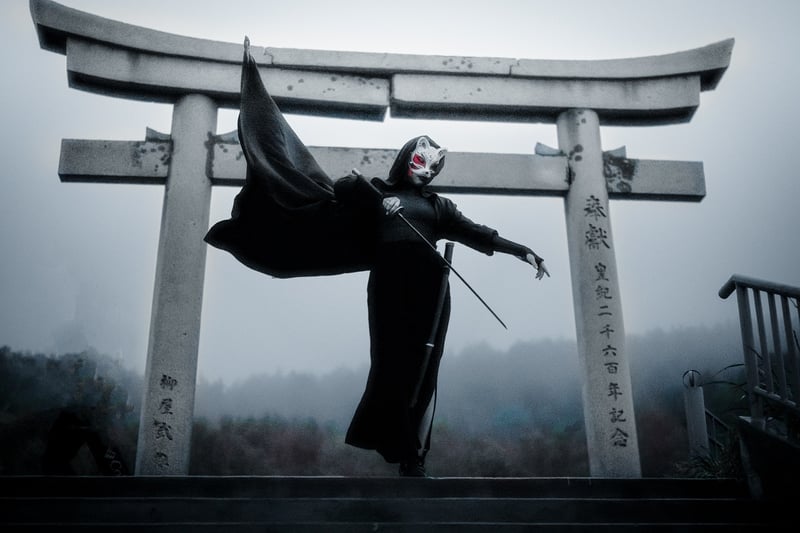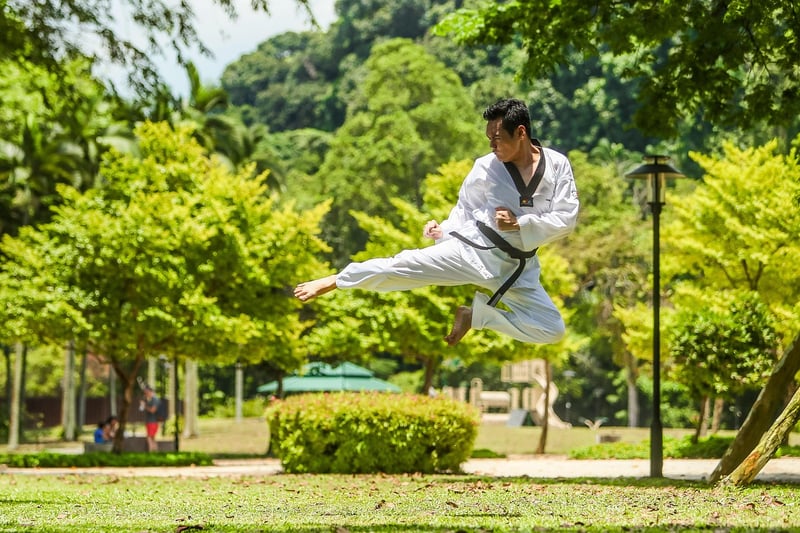Advanced Tai Chi Forms
The Art of Tai Chi: Achieving Balance and Harmony in Motion

Tai Chi, an ancient Chinese martial art, is renowned for its graceful movements and its ability to promote balance, flexibility, and inner peace. Practiced by millions around the world, Tai Chi is not just a physical exercise but a way of life that emphasizes the connection between mind, body, and spirit.
The Importance of Balance and Harmony
At the core of Tai Chi practice is the concept of balance and harmony. The slow, deliberate movements of Tai Chi help practitioners cultivate a sense of equilibrium both physically and mentally. By focusing on the flow of energy, or chi, within the body, Tai Chi promotes relaxation and reduces stress.
Advanced Tai Chi Forms
While many people are familiar with the basic Tai Chi forms, such as the Yang style or the Chen style, there are also advanced forms that offer a deeper level of challenge and mastery. These advanced forms often incorporate more complex movements, faster transitions, and a greater emphasis on internal energy control.
1. Tai Chi Sword Form

The Tai Chi Sword Form is a beautiful and intricate set of movements that involve the use of a traditional Chinese sword. Practicing this form helps improve focus, coordination, and agility while incorporating the principles of Tai Chi into a dynamic and engaging practice.
2. Tai Chi Push Hands

Tai Chi Push Hands is a partner exercise that focuses on developing sensitivity, balance, and timing. Practitioners engage in gentle sparring with a partner, using Tai Chi principles to redirect and neutralize incoming force. This advanced form helps deepen one's understanding of Tai Chi applications in a practical setting.
3. Tai Chi Fan Form

The Tai Chi Fan Form is a unique and elegant form that incorporates the use of a fan as a prop. Practicing this form enhances concentration, dexterity, and fluidity of movement. The fan becomes an extension of the body, adding a new dimension to the practice of Tai Chi.
Conclusion
Advanced Tai Chi forms offer practitioners an opportunity to deepen their practice, refine their skills, and experience the profound benefits of this ancient art form. By mastering these advanced forms, individuals can further cultivate balance, harmony, and well-being in both body and mind.
